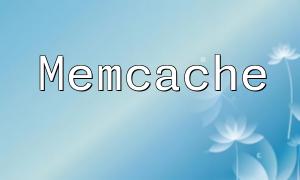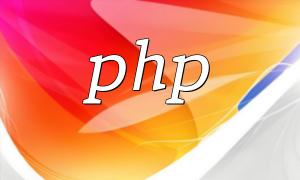The PHP DateTime extension is a powerful tool for handling time and date operations, allowing developers to manage time data accurately. Timestamp, as an important part of the DateTime extension, plays a significant role in many computer programming scenarios. Understanding and mastering the usage of DateTime extension can help solve many common time-related issues.
In PHP, timestamps are typically represented in UNIX timestamp format, which counts the number of seconds that have passed since 00:00:00 UTC on January 1, 1970. However, the complexity arises from the fact that timestamps are generated based on UTC (Coordinated Universal Time), meaning timestamps may differ depending on the local timezone. For instance, if you're in Pacific Time (UTC-8) and generate a timestamp, it will be 8 hours behind the local time.
To solve this issue, you can use the DateTime::setTimestamp() method to specify a particular timezone. The following code example shows how to set the timestamp to the current time in UTC:
$datetime = new DateTime();
$datetime->setTimestamp(time(), DateTime::UTC);
Another common issue is timezone conversion. In PHP, you can use the DateTime::setTimezone() method to convert a DateTime object to a different timezone. For example, the following code demonstrates how to convert a DateTime object to Pacific Time:
$datetime->setTimezone(new DateTimeZone("America/Los_Angeles"));
This code will convert the DateTime object to Pacific Time.
It's important to note that timezone conversion does not change the value of the timestamp. It only changes how the timestamp is interpreted in the context of the new timezone. For example:
$datetime->setTimestamp(1658810671, DateTime::UTC);
$datetime->setTimezone(new DateTimeZone("America/Los_Angeles"));
In this case, the timestamp 1658810671 corresponds to 2023-07-29 04:57:51 in UTC, but in Pacific Time, it will still be the same moment in time, though represented as 2023-07-29 04:57:51.
PHP 5.6 introduced the DateTimeImmutable class, which provides an immutable DateTime object. Similar to DateTime, DateTimeImmutable also uses timestamps, but it cannot be modified once created. This helps prevent accidental changes to timestamp values.
Sometimes, you may need to get a timestamp for a specific timezone. In this case, you can use the DateTimeZone::getTimestamp() method. For example:
$timestamp = DateTimeZone::getTimestamp("America/Los_Angeles");
This will return the timestamp for the current time in Pacific Time.
By default, DateTime objects output timestamps in ISO 8601 format. However, in some cases, you may want to customize the output format. You can use the DateTime::format() method to do this. For example:
$datetime->format("Y-m-d H:i:s"); // Output as YYYY-MM-DD HH:MM:SS
Understanding and mastering timestamps in the PHP DateTime extension is crucial, especially when working with timezones, UTC time, and custom timestamp formats. By grasping these concepts, you can better manage and manipulate time data, improving your development efficiency.








